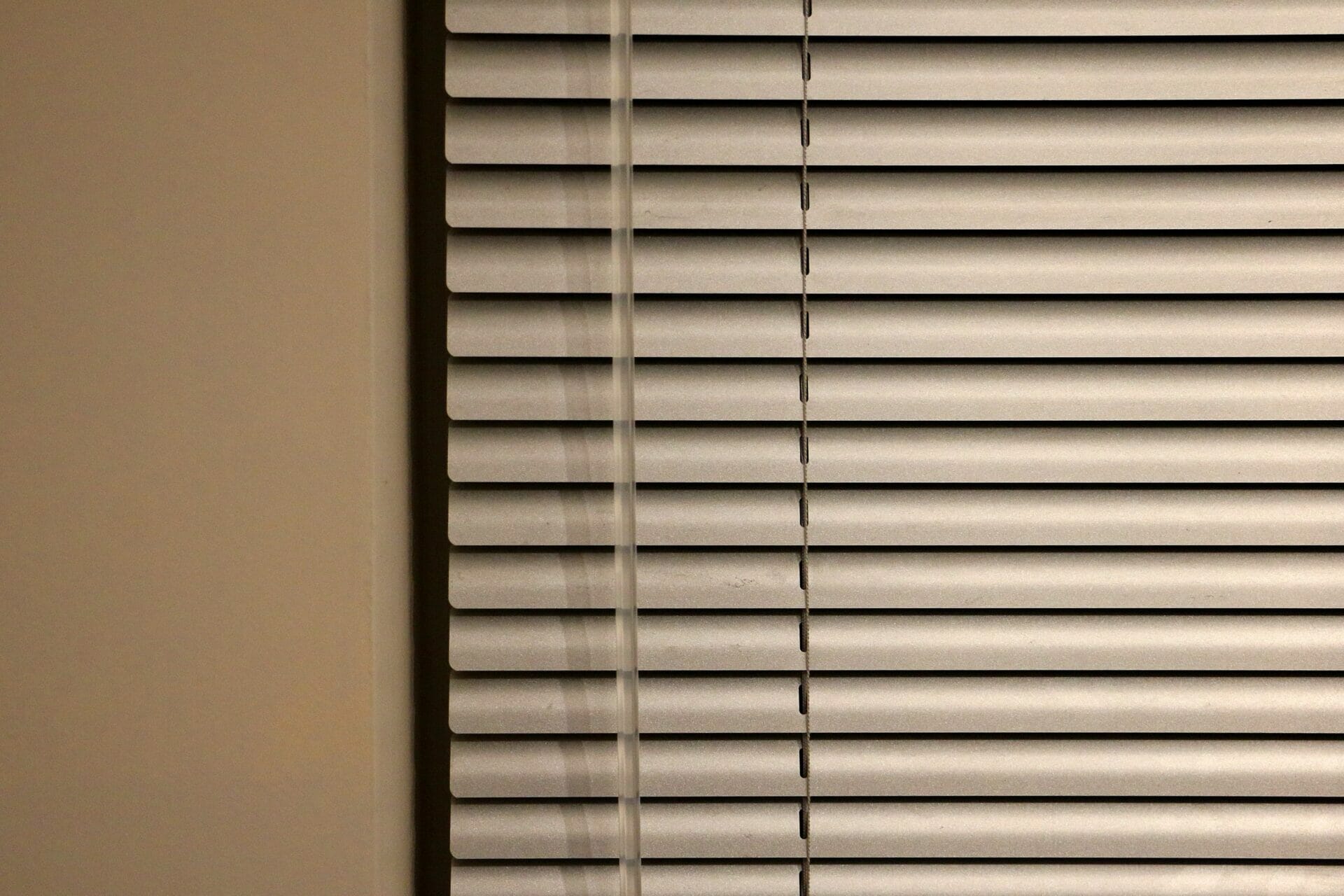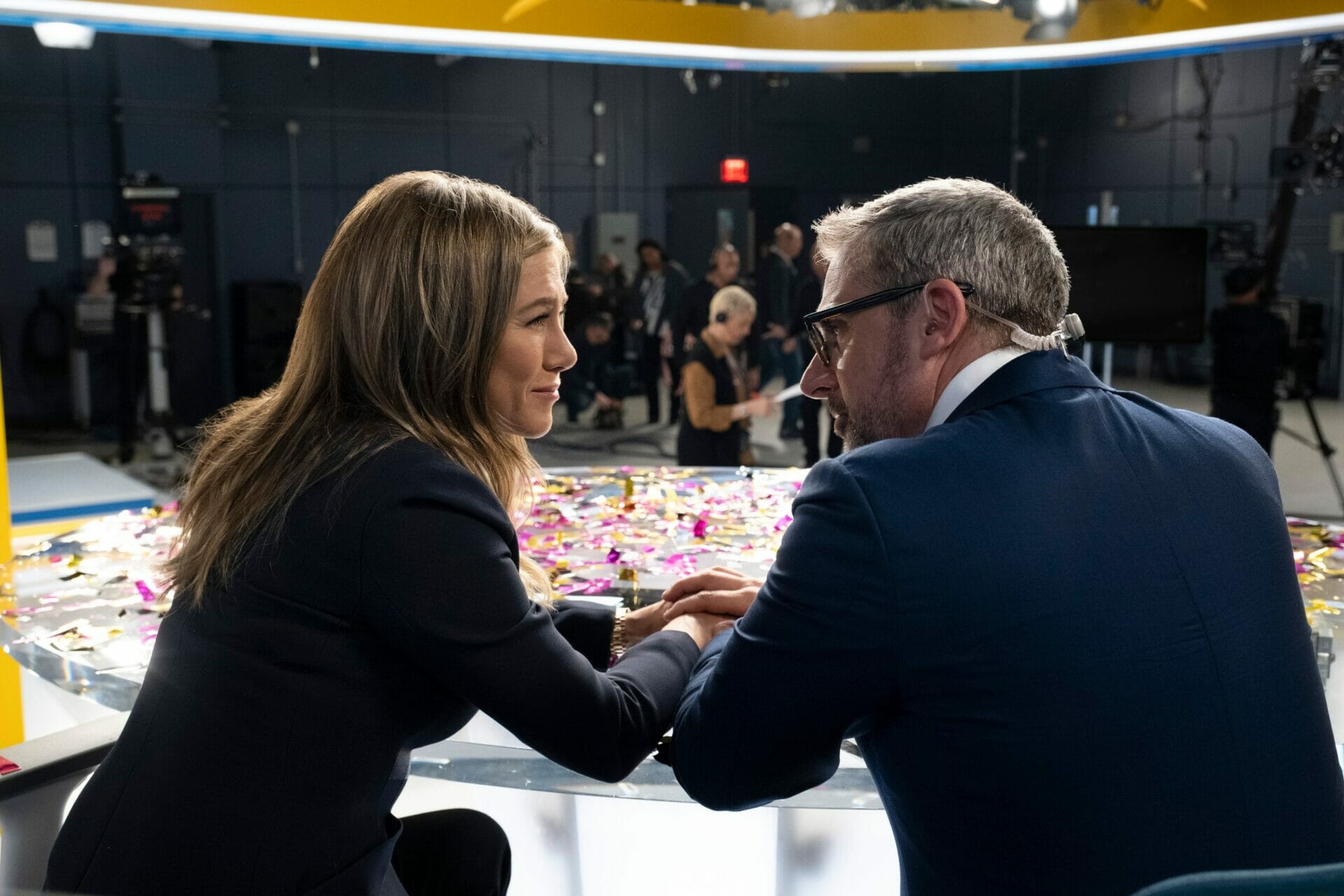
What feeds journalists in The Newsroom
Creator
Year
Country
Seasons
Runtime
Original language
Genre
Subgenre
Music by
“In pizza we crust: On an Election Day like no other, pie delivery remains a constant,” was the title of an NBC News article published on November 3, 2020. Despite the COVID-19 emergency, eating pizza during the 2020 Elections night is a tradition that never fades. In the previous ones, the media outlets would have dozens of pies delivered throughout the night to feed journalists in the newsroom. It’s a place where news is prepared for publication or broadcast, but this year journalists followed the event from home. Nevertheless, it didn’t stop the pizza delivery.
Not only pizza feeds journalism. And The Newsroom shows it well.
Re-telling reality
Set between 20 April 2010 and June 2013, the TV show plays with actual events and figures. Re-writing the recent past, such as 2012’s election or the birth of Occupy Wall Street, the show immerses the viewer in a vivid semi-fictional world. But the dynamics among the characters are just a parody. The pretension of reality, strengthened by the use of a handheld camera, clashes with a grotesque style as in The Office. But the playground here is the newsroom of the Atlantis Cable News, a utopian broadcast network.
To whom the credits go
At the head of it, there is Charlie Skinner (Sam Waterson), an alcoholic veteran with a high sense of duty. The man has seen, among many atrocities, his pupils Will McAvoy (Jeff Daniels) turning from an idealistic young lawyer to a wealthy but unsatisfied anchorman. Will embodies the stereotype of toxic masculinity. He mistreats his employees, only cares about his hurt ego, and silently accepts to be part of a system he doesn’t respect. He is republican, but he has lost any affection for his country. Everything changes when MacKenzie “Mac” Morgan McHale (Emily Mortimer) shows up. Once engaged with Will, she has spent years covering reportage from warzones. Despite her enthusiastic and idealistic outlook. She is a broken woman struggling to come back to society. But she is one of the best executive producers in town, and Charlie is on a mission. Despite Will’s skepticism, the three reboot their workplace with the help of a new generation of journalists. All of it is mixed with their romantic lives and moral doubts, amplified by their younger age.
Speaking unstraight
Right and wrong. Truth and reality. Personal perspective against a wider conception of society. These are the ingredients of this TV show. What’s astonishing is how often they intersect each other in dialogues, the title’s strong point. Praised even by Quentin Tarantino, these dialogues are studies on how to give back a taste of that chaotic work environment. They are always under pressure, torn between their private troubles and truth. The characters often clash with each other on one level but agree on another. As if, in the end, what feeds journalists is disagreement.
What feeds hope
Precisely as in badminton, the strength they put in the act of hitting doesn’t transfer into the resulting trajectory. The characters soon become bitterly aware of this endless unrewarded effort, misunderstood and attacked by the rest of the press. But all of them find consolation in an old Spanish book: Don Quixote. They reflect themselves in the protagonist and accuse each other of Sancho-Panchaness. Still, in the end, they all face their windmills to make America great again.
Despite his political party belonging, the left-wing viewer will hate to love Daniels as much they loved to hate a democrat like Kevin Spacey in House of Cards. Moreover, they probably already do so without knowing. The first 5 minutes of the pilot get their popularity back on social media every US election. But here, the common nationalist rhetoric shifts into broader human socialism.
Aaron Sorkin’s recipe for The Newsroom is a chaotic bipartisan pie stuffed with capable use of language and a pinch of Don Quixote romanticism. And this is what feeds journalists in The Newsroom.
Tag
Buy a ☕ for Hypercritic









